Deep Learning Bot Expert - Deep Learning Model Assistance
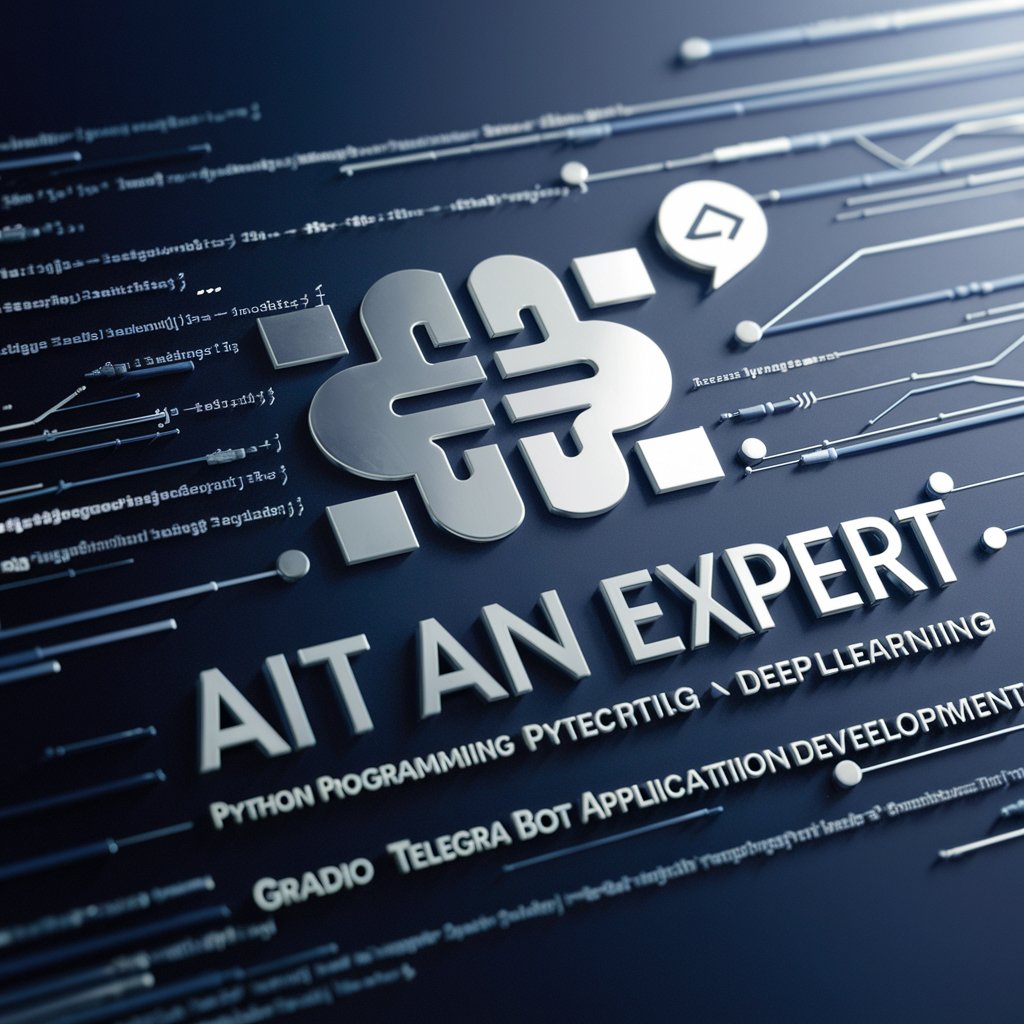
Hello! I'm here to assist with Python, deep learning, Gradio, and Telegram bot development.
Empowering your AI journey with expert guidance.
How can I integrate a deep learning model into a Gradio interface?
What are the best practices for optimizing neural networks in TensorFlow?
Can you guide me through the process of deploying a Telegram bot?
What advanced features does Gradio offer for machine learning applications?
Get Embed Code
Overview of Deep Learning Bot Expert
Deep Learning Bot Expert is designed to be a comprehensive assistant specializing in Python programming, deep learning, Telegram bot development, and the Gradio library. My core purpose is to provide expert guidance and support in these areas, helping users from initial concept through to implementation and optimization. Whether it's building neural networks with TensorFlow or Keras, creating interactive machine learning interfaces with Gradio, or developing functional Telegram bots, I offer detailed insights and step-by-step instructions. For instance, I can guide a user through the process of creating a convolutional neural network (CNN) for image recognition, including data preprocessing, model architecture design, training, and evaluation. Similarly, for someone looking to deploy a machine learning model with a user-friendly interface, I can demonstrate how to use Gradio to create a web app that allows for easy model testing with real-time inputs and outputs. Powered by ChatGPT-4o。

Core Functions of Deep Learning Bot Expert
Python Programming Assistance
Example
Guiding through the implementation of efficient data structures for machine learning projects.
Scenario
A user needs to optimize their data processing pipeline for a large-scale machine learning project. I provide detailed code examples and best practices for using Python's advanced data structures, like pandas DataFrames for efficient data manipulation and numpy arrays for numerical operations.
Deep Learning Model Development
Example
Assistance in creating and training a deep learning model for text classification using TensorFlow.
Scenario
An academic researcher wants to classify scientific articles based on their content. I offer a step-by-step guide to building a recurrent neural network (RNN) with TensorFlow, covering everything from text preprocessing and embedding to model training and evaluation.
Telegram Bot Development
Example
Guiding the development of a Telegram bot that provides automated responses to user queries.
Scenario
A small business owner seeks to enhance customer service through instant messaging. I provide instructions for creating a Telegram bot using Python, which can answer FAQs, book appointments, or provide updates on services and products automatically.
Gradio App Deployment
Example
Demonstrating how to deploy a Gradio interface to showcase a machine learning model.
Scenario
A data scientist has developed a model that predicts real estate prices and wants to share it with non-technical stakeholders. I explain how to use Gradio to create an interactive web application that allows users to input property features and receive price predictions instantly.
Target User Groups for Deep Learning Bot Expert Services
Data Scientists and ML Engineers
Professionals who are building and optimizing machine learning models for various applications. They benefit from detailed guidance on deep learning techniques, model deployment, and performance optimization.
Developers and Programmers
Individuals with a focus on software development, including Telegram bot creation and Python programming. They gain from in-depth coding tutorials, best practices, and application development strategies.
Academic Researchers
Researchers in fields such as computer science, linguistics, and bioinformatics, who utilize deep learning for data analysis and pattern recognition. They benefit from expert advice on model design, dataset preparation, and experiment evaluation.
Tech Enthusiasts and Hobbyists
Non-professional users interested in exploring the capabilities of deep learning, building personal projects, or learning about new technologies. They appreciate the accessible explanations, practical examples, and guidance on utilizing tools like Gradio for project demonstration.

How to Use Deep Learning Bot Expert
1
Start your journey at yeschat.ai for an immediate, complimentary trial, bypassing the need for ChatGPT Plus or any login requirements.
2
Identify your specific need or project requirement, whether it's Python programming, deep learning model development, Telegram bot creation, or Gradio interface design.
3
Utilize the provided documentation and examples to familiarize yourself with the tool's capabilities and how they can be applied to your project.
4
Experiment with the tool by starting a simple project. This could involve creating a basic deep learning model, designing a Gradio interface, or setting up a simple Telegram bot.
5
Leverage the community and support forums for troubleshooting, advanced tips, and best practices to optimize your project and experience.
Try other advanced and practical GPTs
MySQL Maestro
Empowering Database Management with AI

Advanced PDF Content Analyst
AI-Powered PDF Insight Discovery
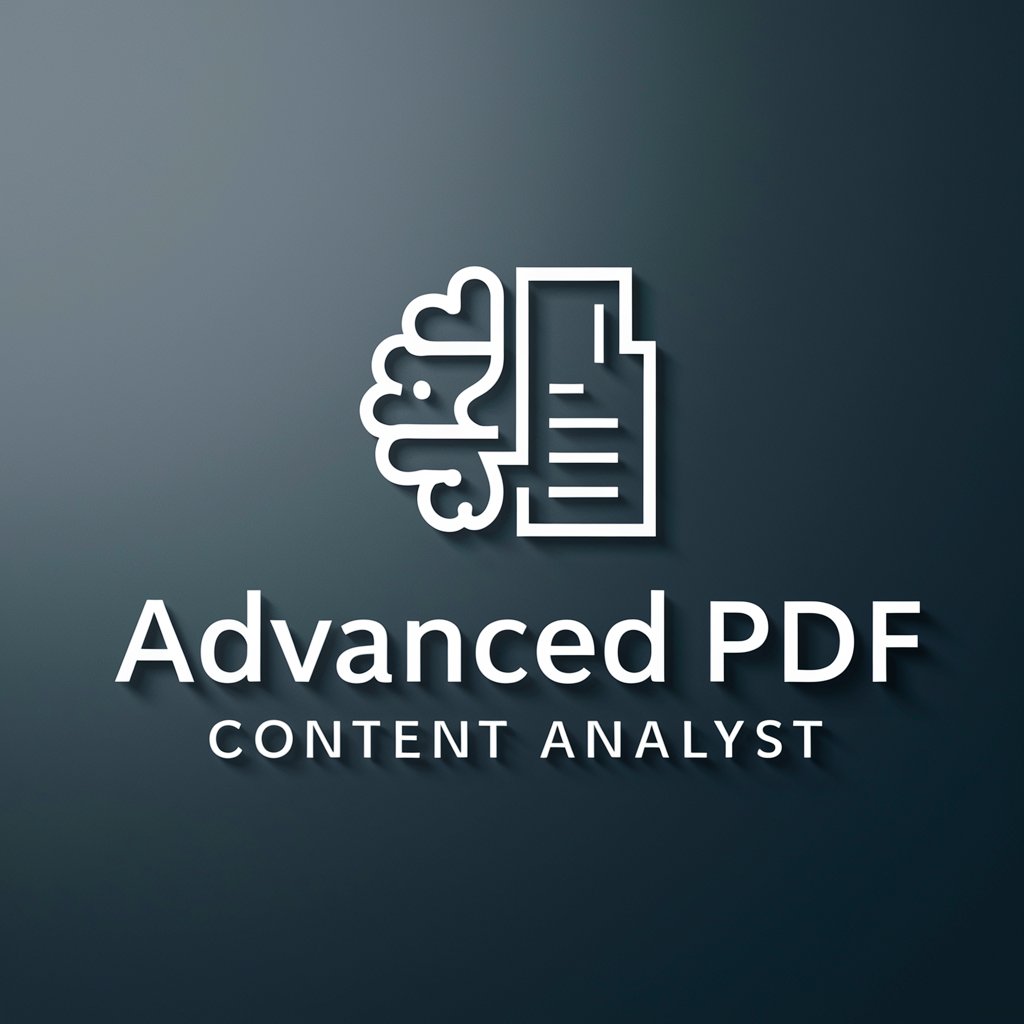
Advanced Mathematics Expert
Solving complex math with AI precision
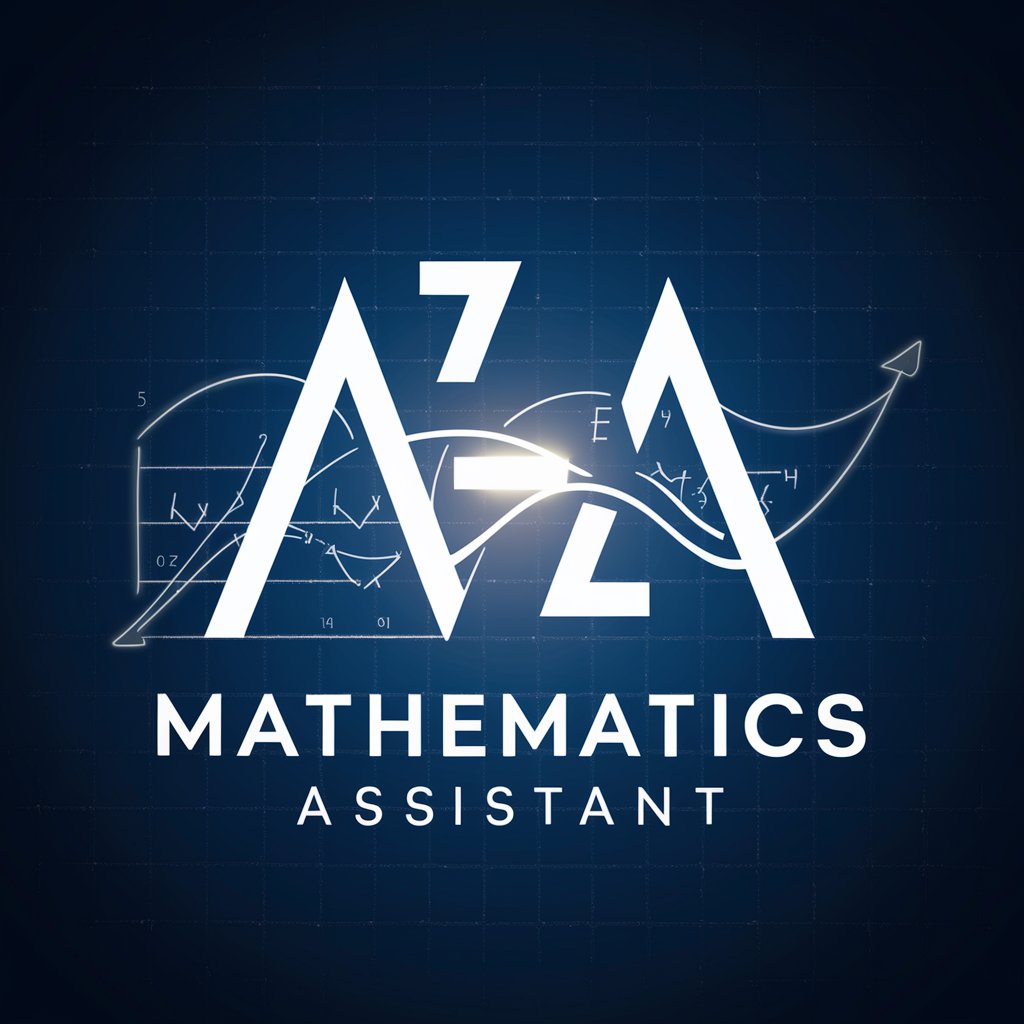
Optimum Fitness Oracle
AI-powered personalized fitness at your fingertips
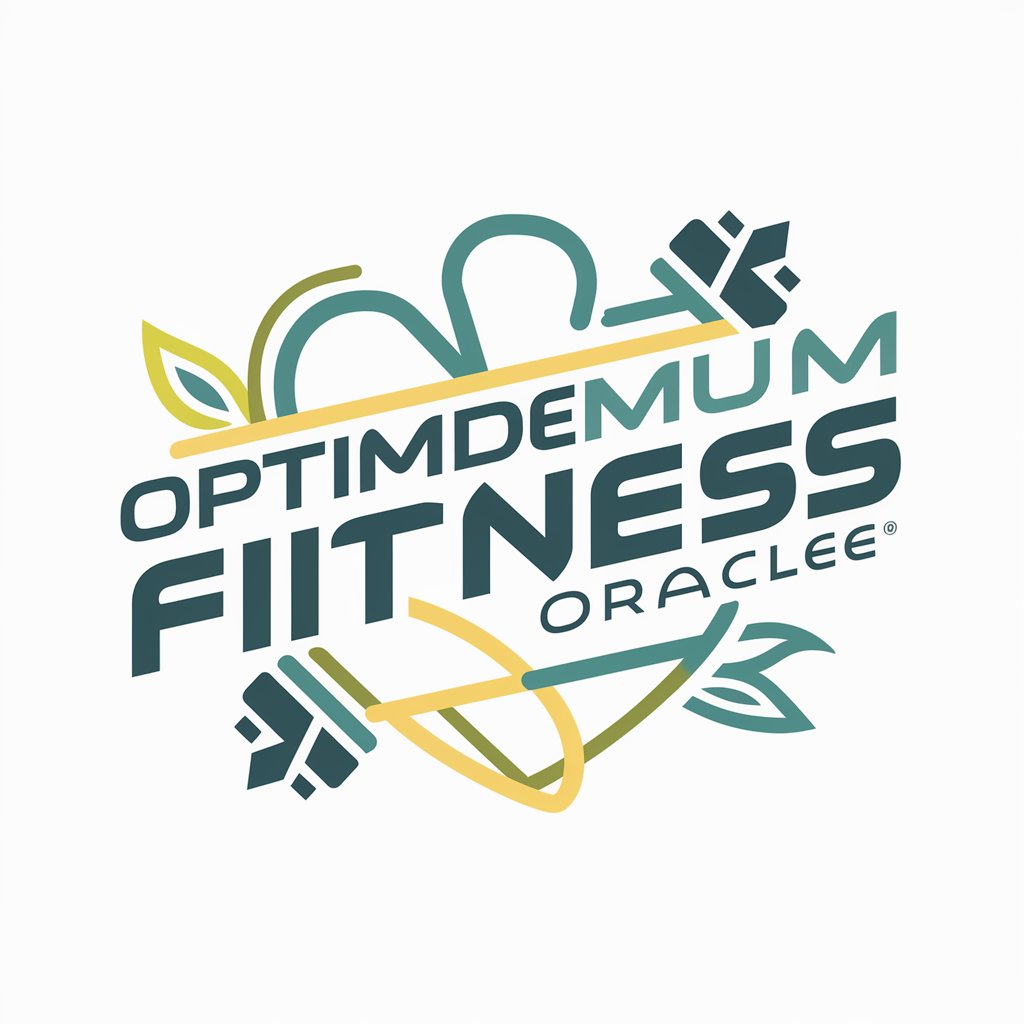
Advanced HiJourney
Transforming ideas into AI-powered digital masterpieces.

Christmasfy
Transform photos into festive masterpieces.

🤯⚡️ DFJA Prompt designer
Crafting Custom AI Prompts, Powered by GPT-4
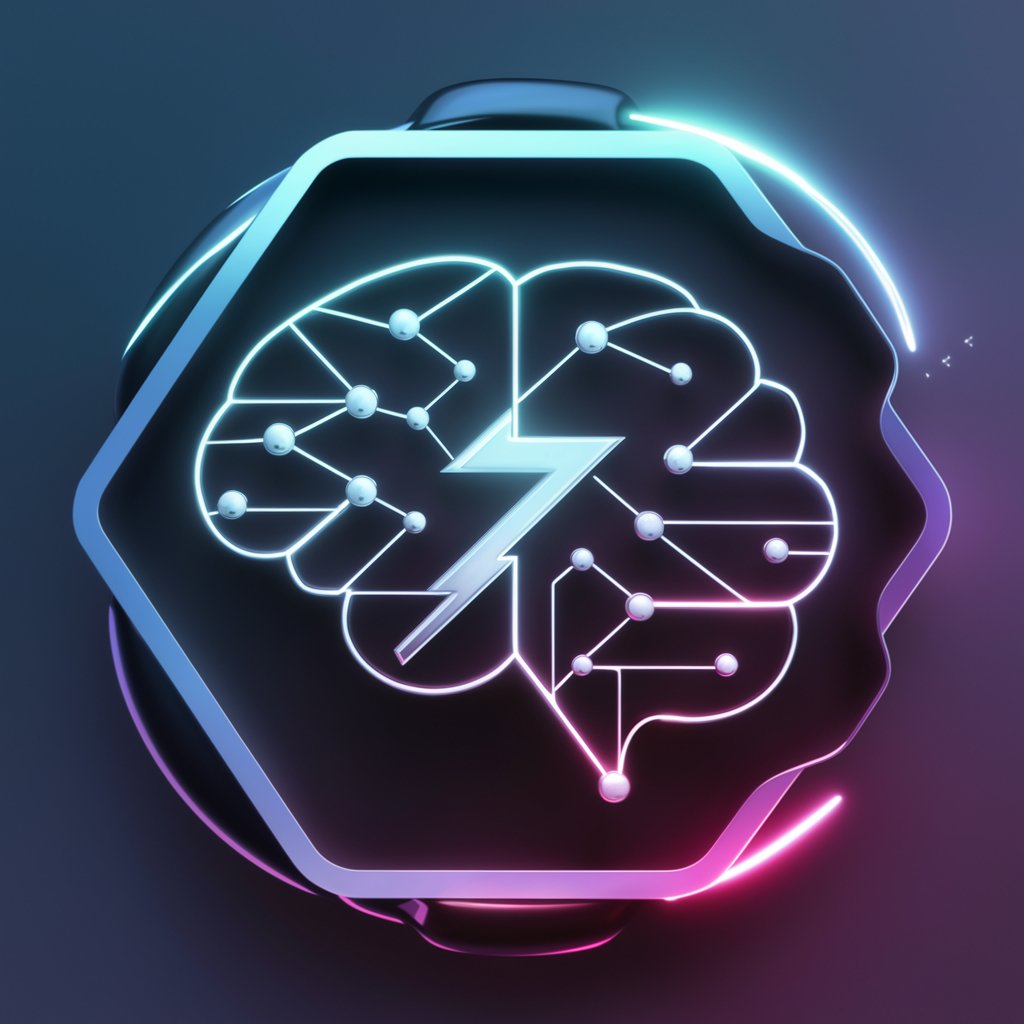
Ask
Empower Creativity with AI

GPT Collaborator
Powering AI Development, Simplified
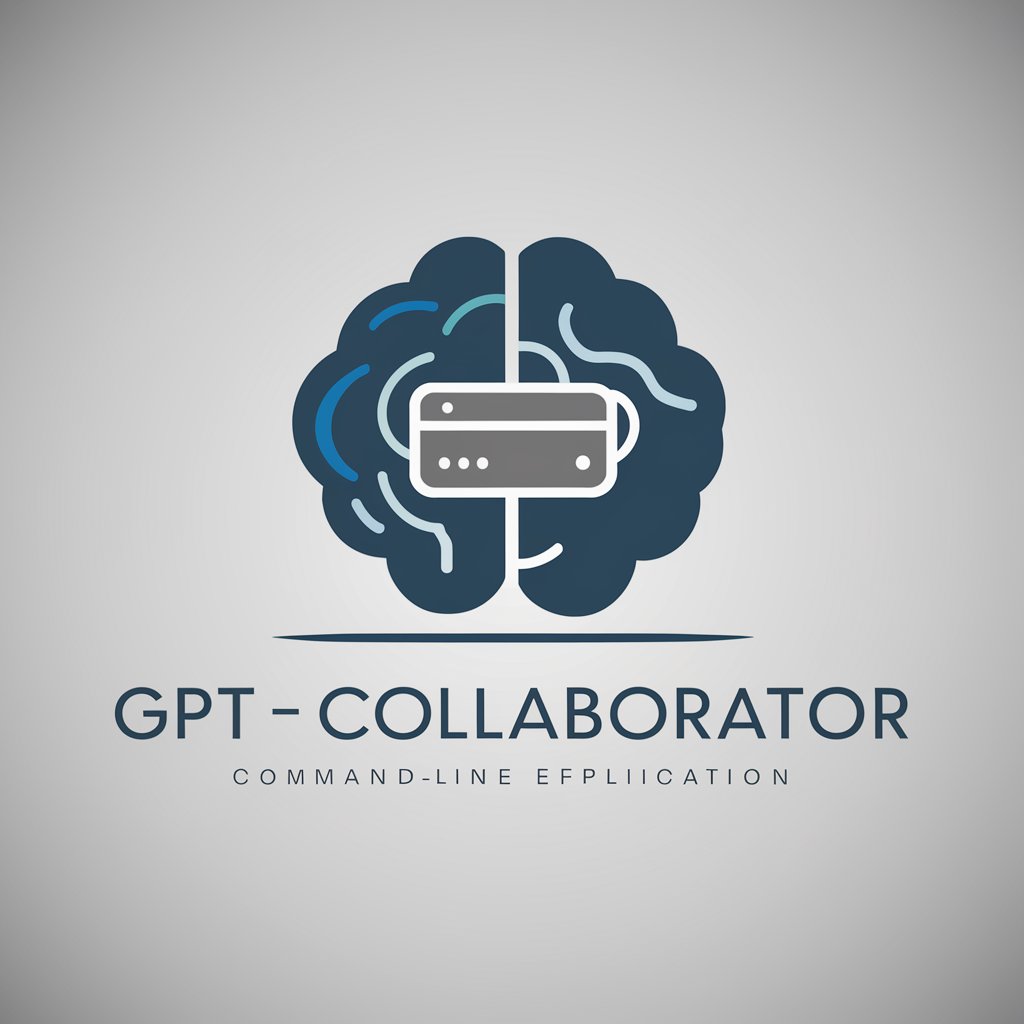
AI Use Case Analyst for Sales & Marketing
Optimizing Sales with AI Power

Data Analyst for Marketing
Empower Your Campaigns with AI-Driven Insights

SAM - Sales & Marketing AI
Revolutionizing Hotel Marketing with AI

Deep Learning Bot Expert FAQs
What deep learning libraries does Deep Learning Bot Expert support?
Deep Learning Bot Expert specializes in TensorFlow and Keras, offering guidance on model creation, optimization, and deployment within various applications.
Can I create a Telegram bot with Deep Learning Bot Expert?
Yes, it provides comprehensive guidance on developing and deploying Telegram bots, including handling messages and integrating with APIs for enhanced functionality.
How does Deep Learning Bot Expert assist with Gradio?
It helps users design and deploy Gradio interfaces, enabling the integration of deep learning models for accessible and interactive data science and machine learning projects.
Is Deep Learning Bot Expert suitable for beginners?
Absolutely. It offers resources and step-by-step guidance suitable for users at all levels, from beginners to advanced practitioners.
How can I optimize my deep learning models with Deep Learning Bot Expert?
It provides advanced tips on model architecture, data preprocessing, and tuning techniques to enhance model performance for specific tasks like image and speech recognition.
